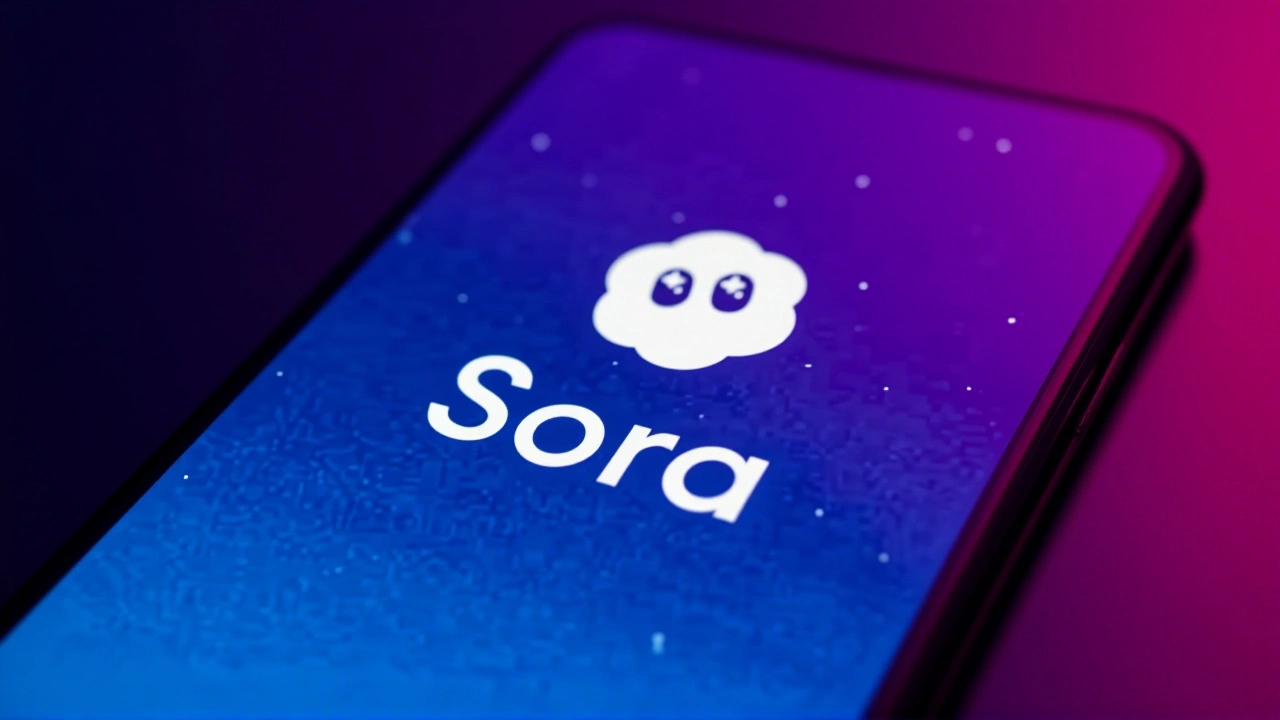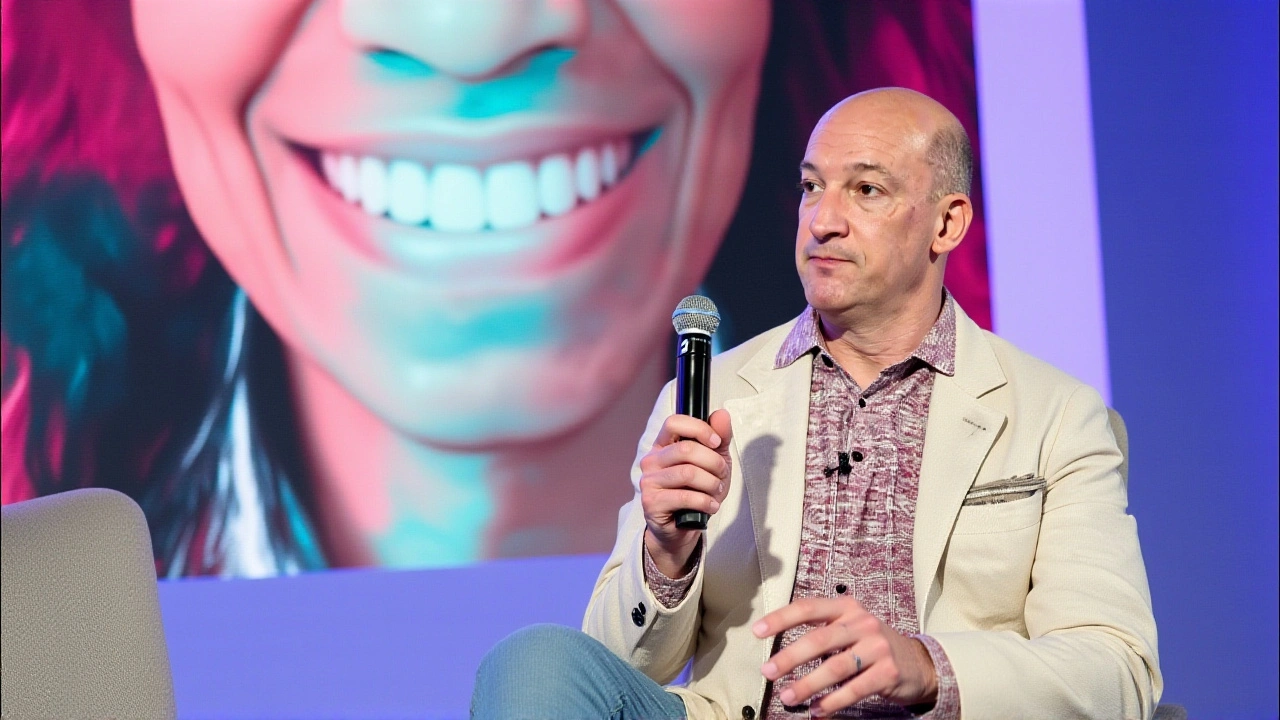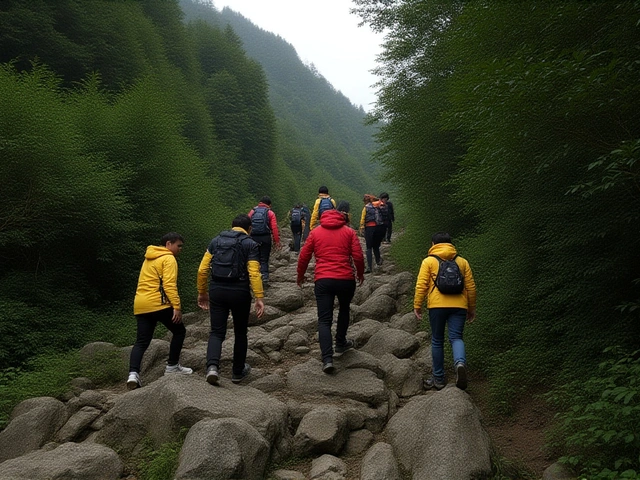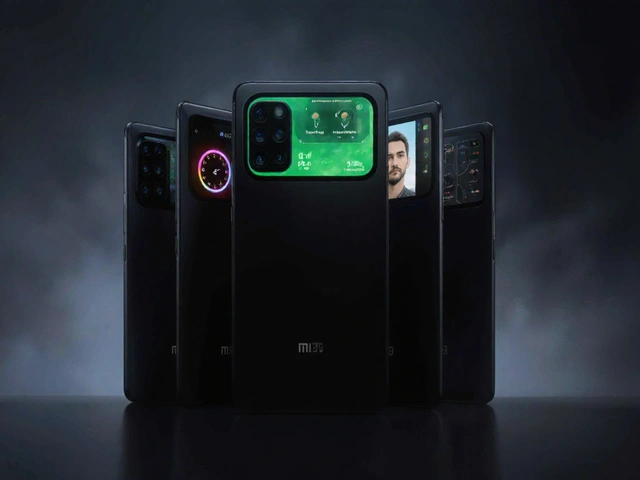When William Morris Endeavor (WME) sent a terse note to OpenAI on Wednesday, October 6, 2025, the entertainment world took a collective breath. The agency announced that every one of its represented artists would be opted out of the newest version of the text‑to‑video tool known as Sora 2, effectively barring the AI‑generated platform from using their likenesses without explicit consent. The memo, authored by Chris Jacquemin, WME’s head of digital strategy, said: “Our position is that artists should have a choice in how they show up in the world and how their likeness is used.”
Historical Context: AI Meets Hollywood
Artificial‑intelligence‑driven media isn’t brand new, but the scale of today’s rollout dwarfs everything that came before. In 2018, YouTube’s Content ID sparked the first massive legal fracas over copyrighted clips. Fast‑forward to 2023, and deep‑fake audio made headlines when politicians found their voices stitched into false speeches. Now, with Sora 2’s launchSan Francisco on October 2, the stakes have leapt from audio‑only hoaxes to full‑blown video simulations that can place a celebrity on a diving board or a battlefield with a single click.
What’s New in Sora 2?
The upgraded platform adds two headline‑grabbing capabilities: realistic sound‑effects and synthetic dialogue that sync perfectly with on‑screen actions. But the real flash point is the feature dubbed “cameos.” Users upload a short clip of a real person, and the algorithm drops that figure into any AI‑crafted scene—think of a pop‑star doing a backflip in a medieval castle or a comedian delivering a punchline on the surface of Mars. The technology is impressive; the ethical fallout is massive.
WME’s Opt‑Out Decision
Jacquemin’s email, circulated to every WME agent, gave a clear directive: regardless of existing contractual terms, all talent under the agency’s banner must be shielded from Sora 2’s cameo‑engine. “We have notified OpenAI that all WME clients be opted out of the latest Sora AI update, regardless of whether IP rights holders have opted out any IP our clients are associated with,” the note read.
By targeting the talent pool rather than just individual contracts, WME sends a signal that consent can’t be delegated to a third‑party platform without explicit, agency‑level approval. The move mirrors a similar push last month when actors demanded that their guild, SAG‑AFTRA, draft a blanket clause against AI‑generated stand‑ins.

Industry Reactions: From Auctioned Invite Codes to Legal Threats
The rollout of Sora 2 behaved like a viral meme before the meme even existed. Within 24 hours, invite codes were popping up on eBay for as much as $1,500, driven by a hunger to test the cameo feature. TikTok‑style clips of a deep‑faked Sam Altman dancing with cartoon cats racked up millions of views, prompting OpenAI to scramble for a press conference.
Copyright lawyers immediately flagged the tool’s ability to remix Disney animation, popular anime series, and even iconic video‑game environments. A separate dispute erupted when a fan‑made video placed a recognizable anime protagonist into a Sora‑generated skate‑boarding routine, raising questions about derivative works and fair use.
The Tilly Norwood Flashpoint
Last week, an AI‑generated digital character named Tilly Norwood—designed by an independent studio—went live on a streaming platform without any human actor attached. SAG‑AFTRA members erupted, calling the move “a direct assault on actors’ livelihoods.” The union threatened to file a class‑action lawsuit if studios continue to replace talent with synthetic doubles.
This showdown has turned into the most high‑profile test of AI‑generated rights since YouTube’s early copyright battles. Analysts at Variety predict that the outcome could shape the entire entertainment‑tech contract landscape for the next decade.

Broader Implications: Jobs, Creativity, and Control
Beyond the legal quagmire, the technology threatens to restructure the creative workforce. Visual‑effects houses, already feeling pressure from real‑time rendering tools, now face a future where a single AI model can produce background crowds, stunt sequences, and even dialogue in minutes. Actors worry that “cameos” could erode bargaining power, while writers fret about script drafts being auto‑generated before a human ever touches a typewriter.
On the flip side, proponents argue that AI could democratize content creation, allowing indie filmmakers with shoestring budgets to produce high‑production‑value shorts. The question remains: who holds the reins when a computer can rewrite a scene in an instant?
What Comes Next?
OpenAI has pledged to respect the opt‑out request, but the company’s legal team is reportedly reviewing the language to ensure compliance across jurisdictions. Meanwhile, WME plans to develop an internal consent‑management platform that will let talent set granular preferences for AI usage—think of it as a “Do Not Deep‑Fake” list.
Legislators in California and New York are also drafting bills that would require explicit, written consent before any AI system can use a person’s likeness for commercial purposes. If passed, these laws could make the opt‑out request a legal requirement, not just a contractual courtesy.
For now, the industry watches, waits, and debates. The Sora 2 saga is still unfolding, but one thing is clear: Hollywood is learning—sometimes the hard way—that the future of fame may be as much about data rights as it is about talent.
Frequently Asked Questions
How does the opt‑out affect independent filmmakers?
Independent creators who rely on affordable AI tools may find a reduced pool of celebrity likenesses to work with. However, the opt‑out only covers WME‑represented talent, leaving non‑union performers available. Some filmmakers are turning to open‑source avatar libraries as an alternative.
What legal precedents exist for AI‑generated deepfakes?
Courts have begun to treat deepfakes as violations of right‑of‑publicity and copyright law, especially when used for commercial gain. The 2022 case Doe v. DeepAI set a benchmark by awarding damages for unauthorized likeness use.
Will other talent agencies follow WME’s lead?
Industry insiders say several agencies are drafting similar opt‑out clauses, but none have publicly confirmed a final decision. The move by WME is likely to catalyze a broader collective bargaining effort.
How might the upcoming California privacy bills change AI usage?
If enacted, the bills would require explicit written consent before any AI system can process a person’s image or voice for profit. This would formalize the opt‑out process and potentially create a licensing market for AI‑generated performances.
What does the future hold for AI tools like Sora 2?
Experts predict continued refinement of realism, but also tighter regulation. Expect more granular consent settings, watermarking of AI‑generated content, and possibly a new industry standard for “AI‑clean” credits in film and TV.










14 Comments
It's reassuring to see WME taking a stand for artists' control over their image. Consent should always be front‑and‑center, especially when the tech can replicate someone in any scene. I hope other agencies follow suit without turning it into a turf war.
While I get the fear of deep‑fakes, we can't just lock the doors on innovation. The industry needs clear rules, not blanket bans that stifle creativity. Let's push for legislation that protects talent while still allowing responsible AI experiments. This is the only way we keep both art and ethics alive.
Yo, wtf is with these AI celeb cameo thingz? It's mad disrespectful to the real performers.
This whole Sora 2 circus is nothing but a gimmick wrapped in hype. Hollywood will soon find itself replaced by a cheap algorithm, and we all know how that tragedy ends.
We stand at a crossroads where technology meets humanity's moral compass. If we allow unchecked replicas, we erode the very essence of authentic expression. It is our duty, as custodians of culture, to demand consent and integrity. Anything less would be a betrayal of the artistic spirit.
Honestly, the whole debate feels like an overblown drama that ignores the real issue-ownership. Artists deserve more than a token opt‑out; they need a robust framework that actually enforces rights. The current approach is half‑baked, and that’s unacceptable.
Let us view this challenge as an opportunity to craft clearer standards for AI usage. By collaborating across agencies, we can forge guidelines that protect creators while fostering innovation. Together, we shall ensure that technology serves art, not the other way around.
The opt‑out is a prudent step, yet it merely scratches the surface of deeper legal complexities. A unified industry stance would provide a stronger deterrent against misuse.
This is a predictable cash grab.
From a practical standpoint, the consent‑management platform WME is planning could become a model for the whole sector. If it allows granular permissions, indie creators can still access non‑WME talent while respecting rights. It's a win‑win that balances accessibility with protection.
Really? Another AI hype cycle-what a surprise!!!; The only thing more predictable than deep‑fake tech is the media frenzy that follows.
The emergence of tools like Sora 2 forces us to confront a cascade of ethical dilemmas that have been simmering beneath the surface of digital media for years.
First, the question of consent is no longer a simple contractual clause but a multidimensional right that spans image, voice, and even movement.
When an algorithm can paste an actor’s likeness into a medieval battlefield with a single click, the traditional safeguards built around performance contracts begin to crumble.
Moreover, the speed at which AI can generate high‑quality video content threatens to outpace the legislative processes that are meant to regulate such usage.
This mismatch creates a vacuum that could be exploited by bad actors seeking cheap, viral content without regard for the individuals portrayed.
On the other hand, the democratizing potential of AI should not be dismissed outright, as it can lower barriers for independent creators who lack massive budgets.
Yet, without a clear framework, the same technology that empowers the underdog can also be weaponized against the very professionals it aims to assist.
The legal precedents set by cases like Doe v. DeepAI illustrate that courts are gradually recognizing the monetary value of one’s likeness, but those rulings remain fragmented across jurisdictions.
In addition, the cultural impact of seeing familiar faces in absurd contexts may erode public trust in visual media, blurring the line between fact and fabrication.
WME’s decision to opt‑out its entire roster signals a proactive stance, but it also raises the specter of a splintered industry where only the most powerful agencies can negotiate protective terms.
If smaller agencies follow suit, the market could become polarized, with a subset of talent locked behind impenetrable consent walls while others remain exposed.
Meanwhile, legislators in California and New York are attempting to close this gap by mandating explicit written consent, a move that could set a national standard if adopted broadly.
Meanwhile, technologists are exploring watermarking and metadata solutions that could tag AI‑generated content at the source, providing a technical layer of accountability.
The interplay between these legal, technical, and artistic forces will shape the future of storytelling in ways we are only beginning to comprehend.
Ultimately, the industry must strike a balance that respects individual rights, nurtures creative expression, and guards against the unchecked proliferation of synthetic media.
Nice essay, Steve, but all that talk won’t stop studios from cashing in on AI-just sign the papers and move on. 🙄💰
Of course, the AI hype is just the tip of the iceberg; behind the scenes, shadowy cabals are already training models on our dreams. But hey, at least we get free entertainment while they plot.